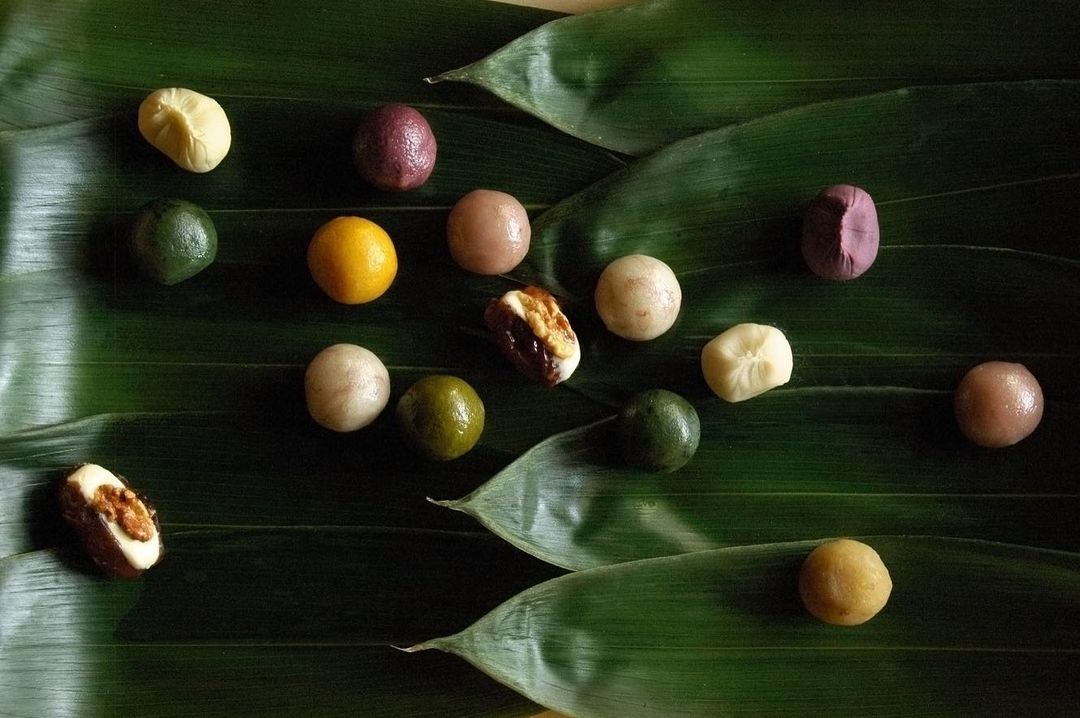
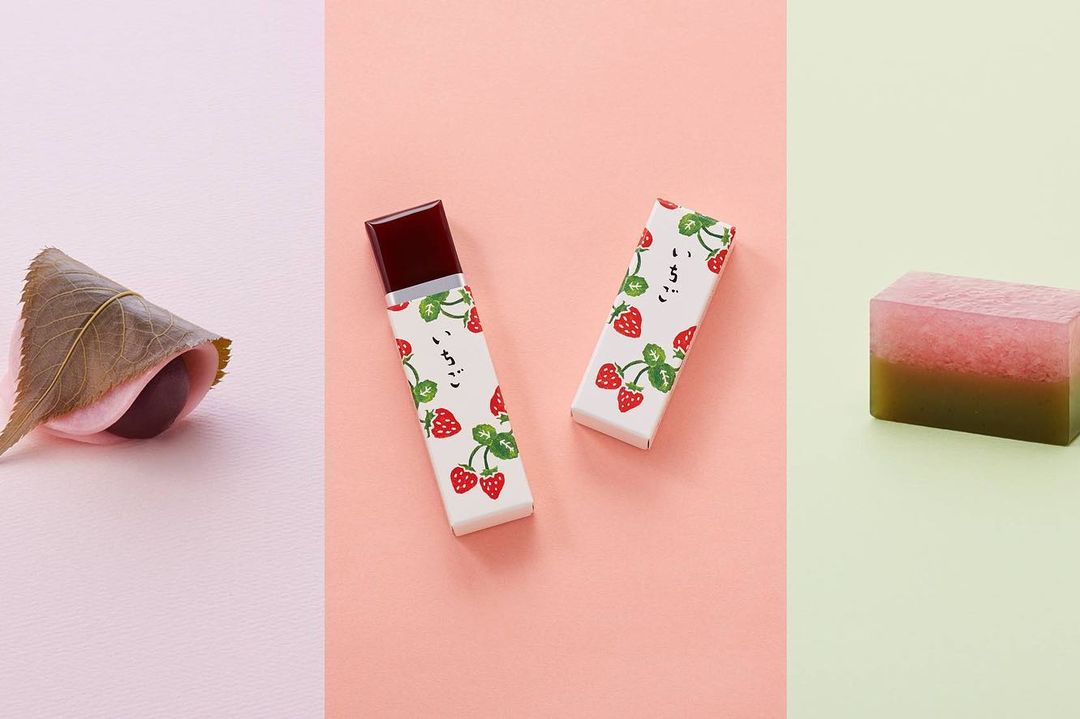
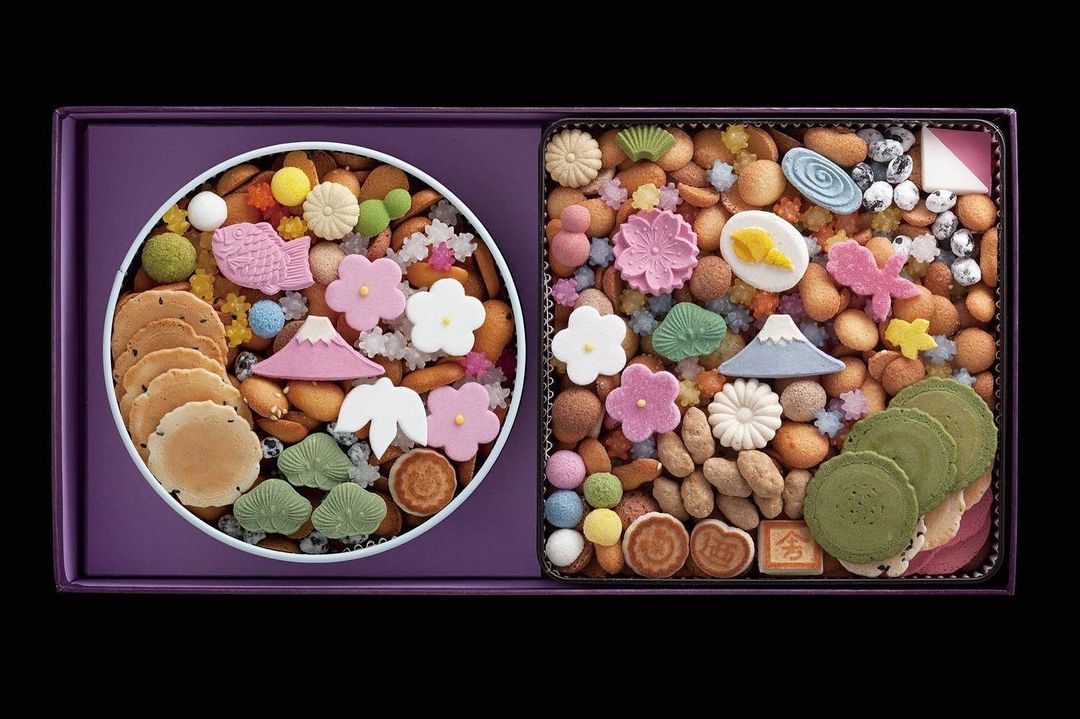

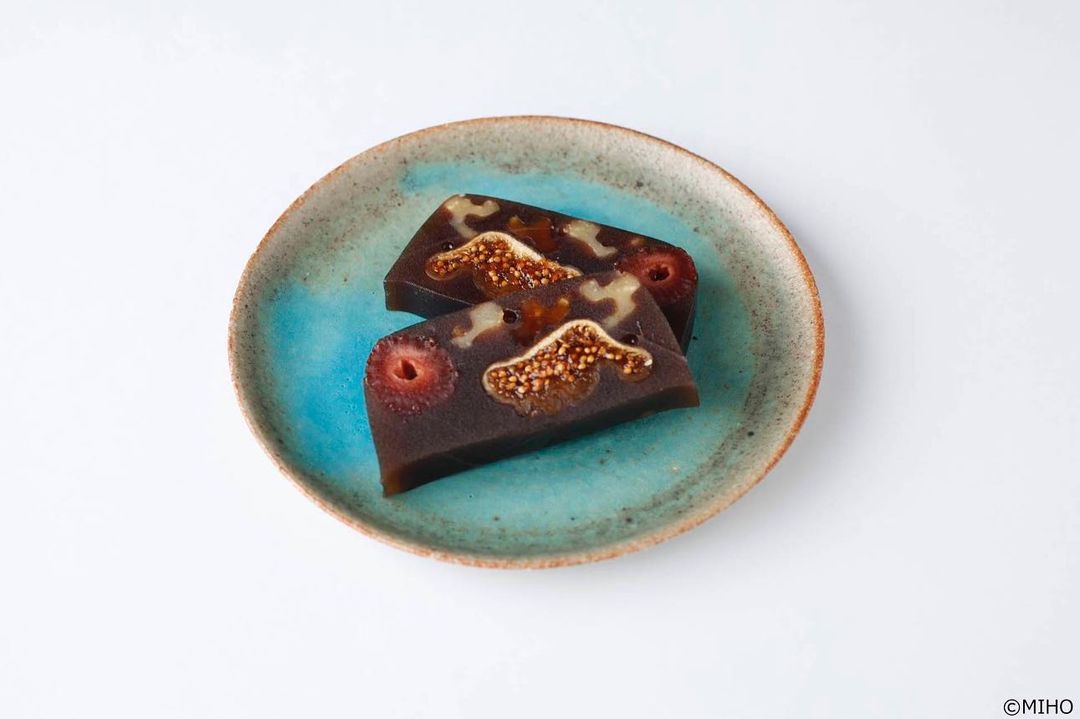
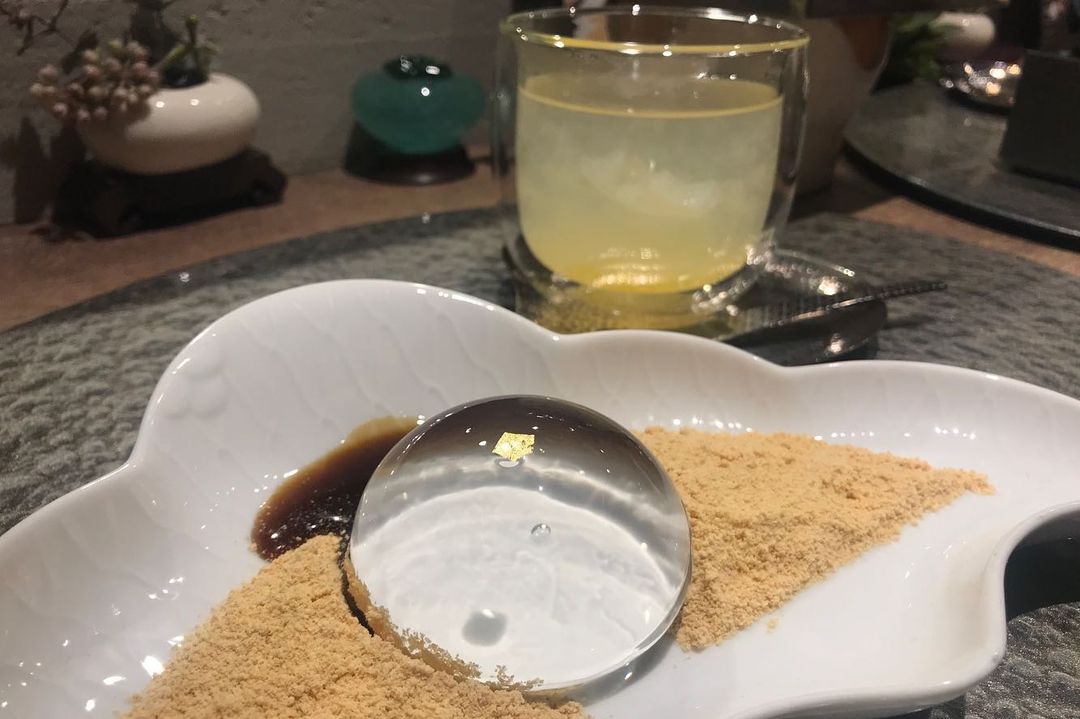
The first wagashi — Japan’s traditional form of confectionery — was likely a simple mochi dumpling. However, during the Edo Period, when conflict gradually gave way to more peaceful pursuits, the humble sweets began their evolution into something more refined and sophisticated, to be savored during a tea ceremony.
Today, there is a variety of wagashi types— baked, steamed, pan grilled, jellied, dried — and preparations, from simple manju buns to decorative nerikiri bean-paste concoctions.
For those who enjoy the sweet things in life, Mio Yamada has curated a selection of wagashi shops, factoring in not only their reputations and beauty but also whether they can be enjoyed at home.
They are:
➀ Higashiya Ginza, where the wagashi perfectly match the chic interior of its tea salon and takeaway sweets come in beautifully designed packaging.
➁ Toraya, one of the oldest and most internationally famous purveyors [pictured: Toraya’s Sakura Mochi; Petite Yokan Ichigo; Sakura no Sato Yōkan.]
➂ The jewel box of dry wagashi from Ginza Kikunoya, originally established next to Tokyo’s Kabukiza theater in 1890.
➃ Monaka (little square wafer-encased dollops of sweet paste) from Tsunashi, which are only sold for two hours a week.
➄ Yōkan filled with nuts and dried fruits from Wagashi Asobi, where unique concoctions are made in limited numbers.
Honorable mention: The Instatastic Angle Tear — a dome of transparent jelly, decorated with slivers of gold leaf and served with mounds of roasted soybean powder — from Mican Club in Omotesando. [📸 Mio Yamada @nomadcat_mio]
Story link in the bio.
.
.
.
.
.
.
#tokyo #wagashi #yokan #sweets #manju #mochi #washoku #japanesesweets #和菓子 #羊羹 #お菓子 #甘い物 #饅頭 #和食 #スイーツ #最中 #餅 #東京

AloJapan.com